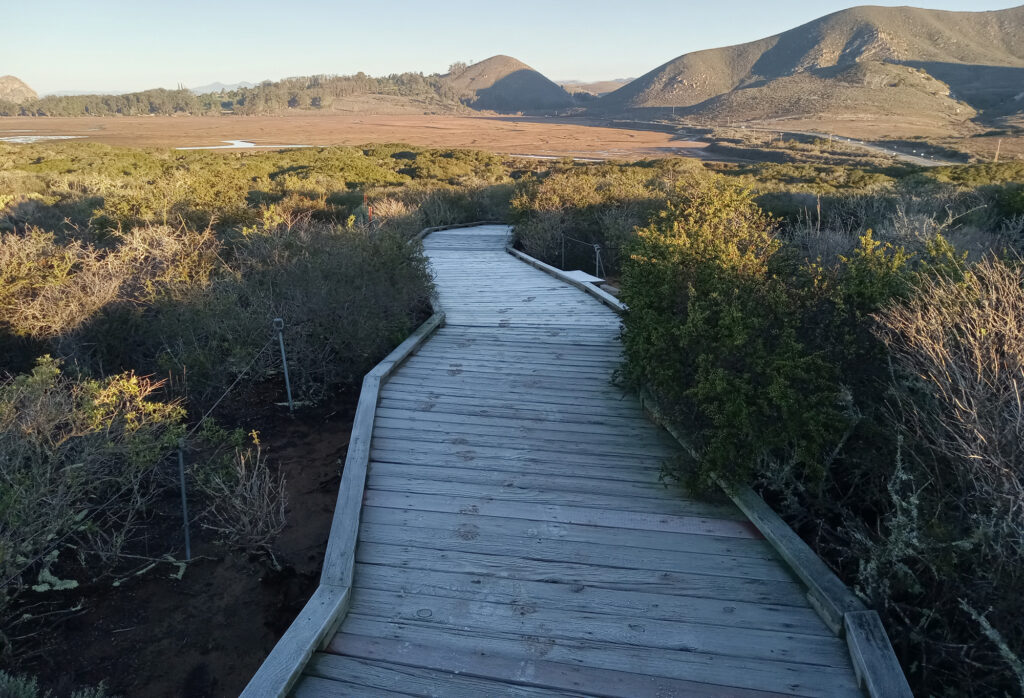
by [email protected] | May 27, 2016 | Resources, Teens
Contrary to the TV show Mash’s theme song, suicide is not painless. It cuts a wide swath of trauma, pain and a lifetime of grief in the lives of the victim’s family, friends, co-workers and the community. And there are no take backs.
Suicide, What to do? Keep the person safe
*If someone tells you they want to die or are thinking of killing themselves. Take them seriously. Stop what you are doing; nothing is more important than this person in this moment. ! Here are some questions which can be helpful to ask:
*Have you ever tried to commit suicide before?
*Has anyone in your family attempted suicide?
*Find out what are you thinking and planning.
*When are you thinking of executing the plan?
*Find out if they do have access to a lethal method for following through with a plan
*Call 9-11 or get them to the nearest emergency room as quickly as possible.
*Stay with them, do not leave them alone.
*Put away all leave lethal means. For example: Guns, knives, razor blades, household poisons, unlocked cars, prescription pain medications or sedatives, Tylenol or the generic form of Tylenol. And more, research on the web is extensive and helpful.
It is imperative to keep ourselves and our loved ones safe. If someone is talking about suicide – it is serious. It may be for attention – it is because they NEED attention. If you can’t give it, get them to someone who can.
If you, or someone you love is contemplating suicide as a solution to life problems – please seek help.
If suicidal thoughts occur more when under the influence of drugs (prescribed or not) and/or alcohol seek substance abuse treatment. It can make a huge difference. I have seen it in many, many lives.
Teens and suicide:
Suicide is the third leading cause of death among youths aged 15-24.
Young people attempt suicide at an alarmingly high rate: among 15-24 year olds, there is one suicide for every 100-200 attempts.
Suicide is the sixth leading cause of death among youths aged 5-14.
A youth suicide (aged 15-24) occurs every 100 minutes.
Young people can become emotionally distraught rather easily and thus are vulnerable to suicidal thoughts.
It is thus important for parents to try and pick up on any possible warning signs for suicide and to seek help for the suicidal youth as quickly as possible. (Please peruse the suicide warning signs page on this website to learn more about what to look for).
Listed below are a few of the problems that can potentially trigger suicidal thoughts in a young person:
- Death of a parent.
- Divorce of parents.
- Feeling like a “pawn” that is being used between feuding, divorced parents.
- Joining a new family with a step-parent and step-siblings.
- Breaking up with a boyfriend / girlfriend.
- Moving to a new community.
- Not feeling accepted by peers.
- Being ridiculed by classmates.
- Feeling misunderstood.
- Any experience perceived to be “humiliating.”
- Alcohol abuse.
- Drug abuse.
- Being bullied by classmates.
Note: Bullying is an extremely serious problem. Please click below for additonal information:
Where to reach out:
2-1-1
9-1-1
National Suicide Hotline – 24/7, live chat à 1-800-273-8255
Crisis Center à 800-273-8255
San Diego Crisis line à888-724-7240
www.suicide.org
Training to help more: www.mentalhealthfirstaid.org
To help educate your community about teen suicide and teen suicide prevention:
www.jasonfoundation.com
American Foundation for Suicide Prevention: www.AFSP.org
If you are a survivor of suicide, there is help for you as well. AFSP and your local Crisis Center generally have support groups for suicide survivors. If you are unable to obtain help on your own, seek professional help.

by [email protected] | May 20, 2016 | Resources
ˈrēˌsôrs,rəˈsôrs/
noun
plural noun: resources
1. a stock or supply of money, materials, staff, and other assets that can be drawn on by a person or organization in order to function effectively.
ef•fec•tive•ly
əˈfektəvlē/
adverb
1. in such a manner as to achieve a desired result. “make sure that resources are used effectively”
If you don’t know where you are going, any road will get you there. Lewis Carroll
Needing something and knowing what you need can be two very different things. In a book this phenomena is often called a mystery and we read it avidly and for entertainment. In a movie watching the tension and conflict our heroine or hero face can be both puzzling and interesting when part of the audience. But in day to day living and it is you, there can be times when it is neither particularly enthralling nor interesting. It can be downright confusing and frustrating.
Having resources is important, especially before you really need them.
I think of the ten essentials (From the Mountaineers) to keep in your backpack when you go for a hike – even a little dayhike and how these correlate to day to day living. Essential Systems
1. Navigation (map & compass) → Know where you are and where you are going Trust your gut, it is the best compass any of us have.
2. Sun protection (sunglasses & sunscreen) → Boundaries are important, protect yourself. Know when to say yes and when to say “NO”.
3. Insulation (extra clothing) → Protect yourself. Know how to take care of yourself in all settings, intimate, work and social settings. The winds can change even if the day starts out sunny. This isn’t being negative. It is just being realistic.
4. Illumination (headlamp/flashlight) → Think positively, no matter what you are experiencing, this too shall pass, even if sometimes we want to hold on to it forever or we want to have it disappear from sight.
5. First-aid supplies → Be prepared. What might you need when you are visiting with friends or family.
6. Fire (waterproof matches/lighter/candle)
7. Repair kit and tools →If something is broken, do you know what you need to do to fix it? If you don’t do you know someone that does, or a way to find that information.
8. Nutrition (extra food), what feeds your heart and soul? Is it art? Music, walks in nature, beach volleyball or the firing range. Knowing what your source is, is essential for well-being.
9. Hydration (extra water), Make sure your real thirsts are quenched. In today’s cyberworld everything comes at us so quickly it is hard to take a minute and determine what we really are needing. If we are craving something that may be a sign of avoidance, not need. When your real need is met (rest? Friends, a real meal, bill paying, fun, going to a museum… make your list of what really quenches your thirst. Carry it with you in special place in your pocket or wallet)
10. Emergency shelter (tent/plastic tube tent/garbage bag). Know that no matter what you will always have a place that is safe and warm. We all need to be loved.
Suicide: If someone tells you they want to die or are thinking of killing themselves. Take them seriously. Stop what you are doing, nothing is more important than this person in this moment. Find out what they are thinking and planning. Find out if they have access to following through with a plan and get them to the emergency room as soon as possible. Do not leave them alone and do not leave lethal means in easy access. As part of the ten essentials it is imperative to keep ourselves and our loved ones safe. If someone is doing or saying it for attention – it is because they NEED attention. If you can’t give it, get them to someone who can.


